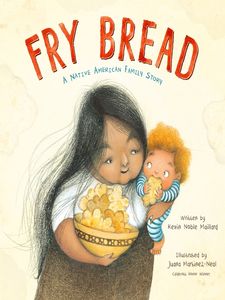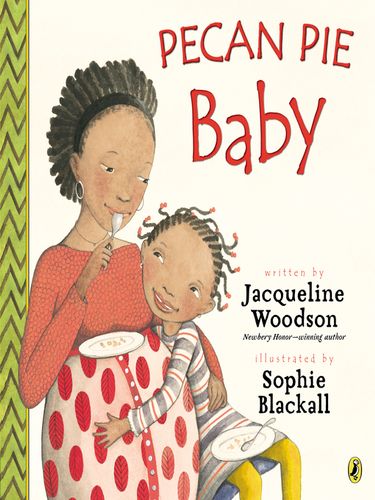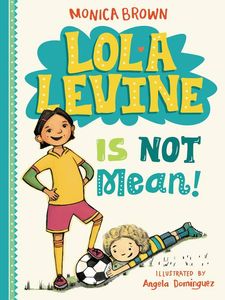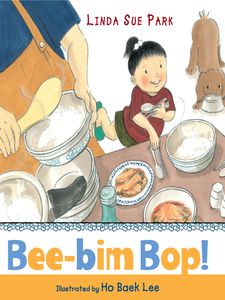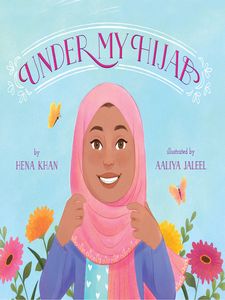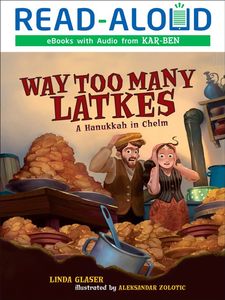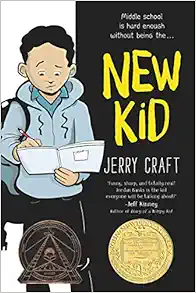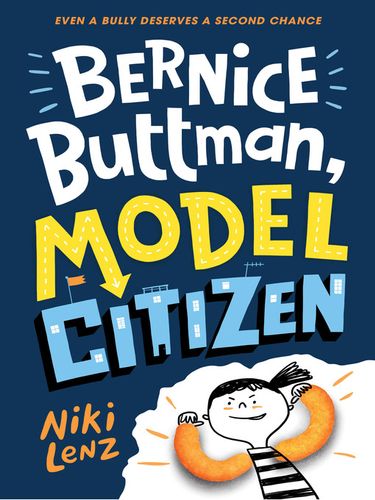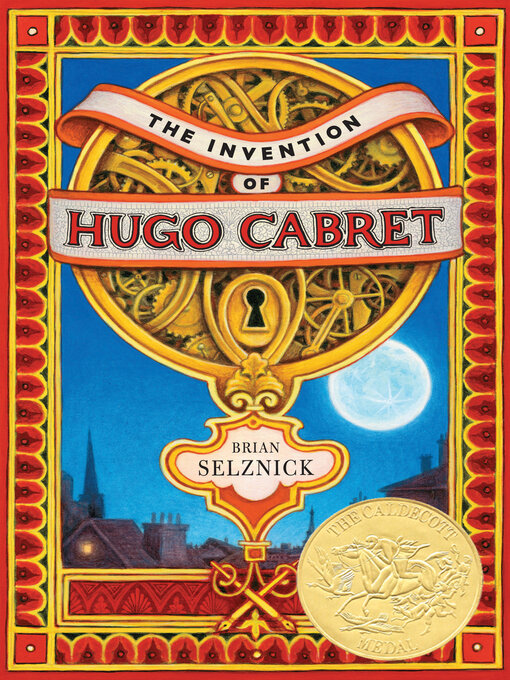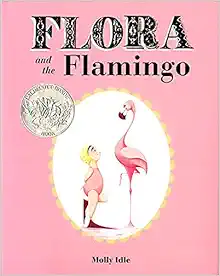Illustrated by: Juana Martinez-Neal
Genre: poetry, informational
Awards: 2020 Robert F. Sibert Informational Book Medal
American Indian Youth Literature Picture Book Honor Winner 2020
NCTE Notable Poetry Book
Summary:
This story embraces the significance of fry bread in Native American culture. It is about more than fry bread as a food; it enchants readers with the history of fry bread and its importance to the perseverance of a people. Through lyrical poetry, readers gain an in-depth understanding of the many roles of this dish to the Native American community. The illustrations help readers acknowledge the struggles of the Native American people and identify how far the people have come. The book ends with a recipe and more information about the history of fry bread.
Teacher Evaluation:
I would use this book as a read-aloud for a fifth-grade classroom. This would be a supplemental text in my class in a unit on American history. We would consider the progression of the country beginning with Native American people's initial development of the land. Students would research the contributions of this group to the country and create a poster showing their traditions and other valuable information. I would use this book as an introduction to the culture and for discussion about what we know/need to learn. Students could also consider foods that are important in their cultures and create their own story similar to "Fry Bread."
